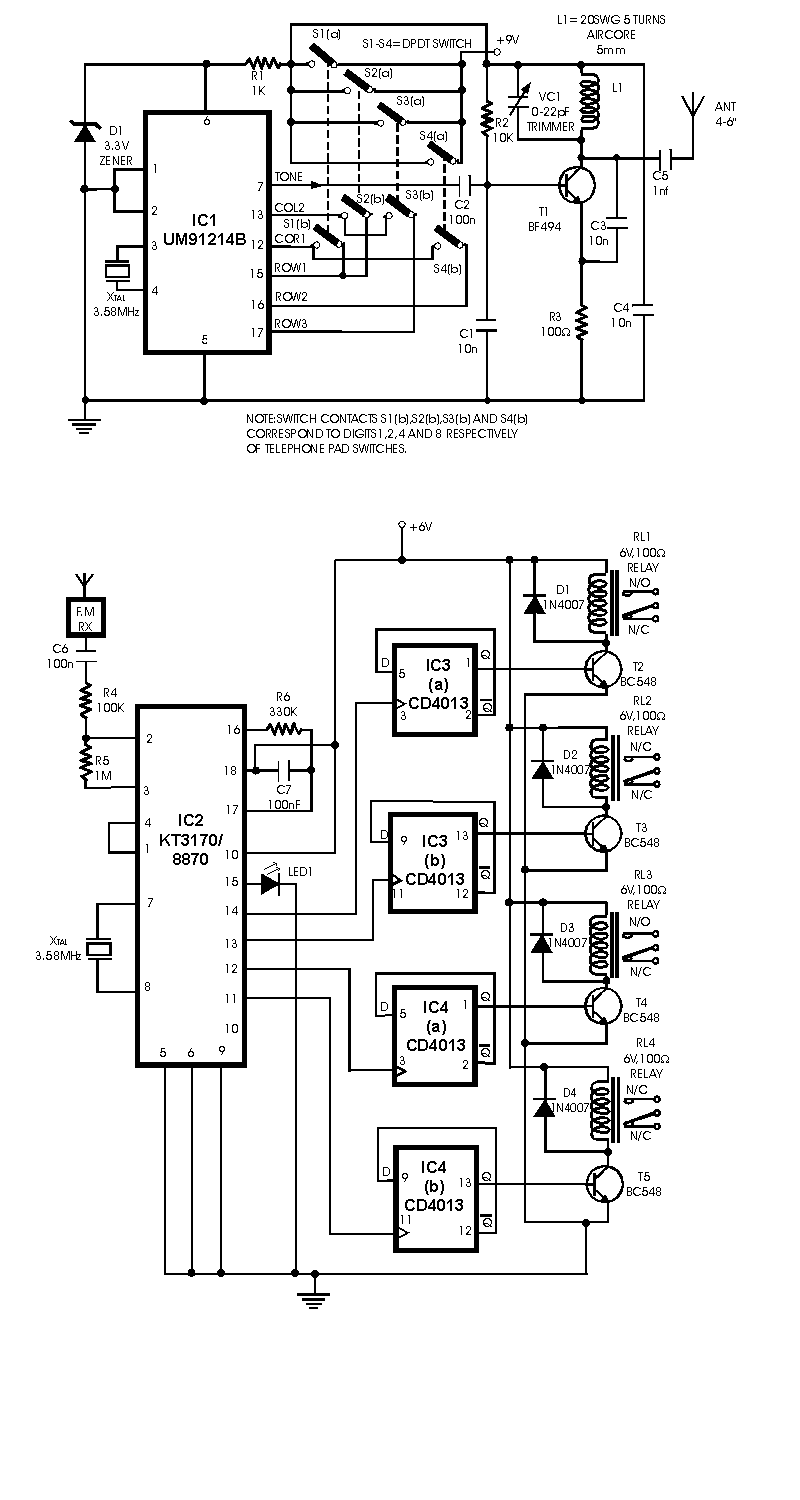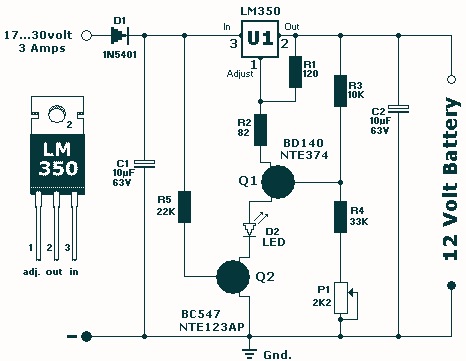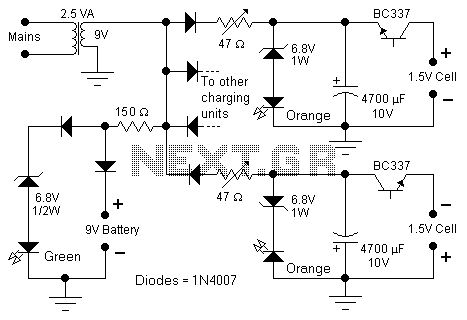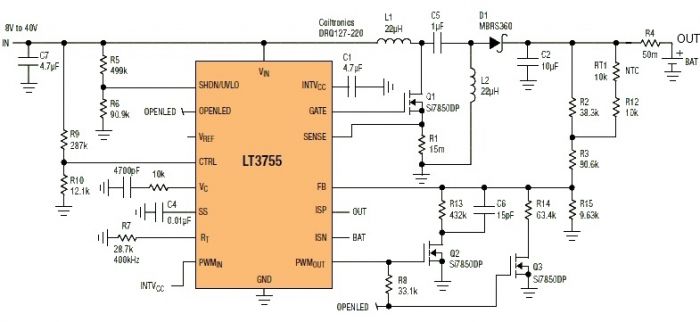
Ni-Cad Charger for Solar Cell Radio by BD140
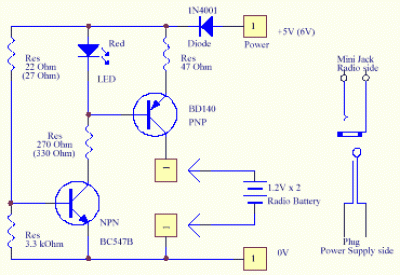
A solar cell radio utilizes a 3V power supply, which can be provided by either a single 3V battery or two 1.2V Ni-Cad batteries connected in series. The battery is non-removable, and the device features a mini jack socket for charging. The design presents some challenges in terms of usability.
The solar cell radio operates by converting sunlight into electrical energy, which is then used to power the device or charge the internal battery. The incorporation of a 3V power supply, whether through a single battery or two Ni-Cad batteries, allows for efficient operation of the radio's components, including the receiver, amplifier, and speaker.
The non-removable battery design may pose challenges for users, as it limits the ability to replace the battery once it is depleted. This aspect necessitates a robust charging system to ensure longevity and reliability. The mini jack socket serves as the charging interface, allowing users to connect an external power source when sunlight is insufficient for charging.
In terms of circuit design, the solar cell radio would include a solar panel, a charge controller, a battery management system, and the radio circuitry. The solar panel is responsible for harvesting solar energy, while the charge controller regulates the voltage and current flowing to the battery, preventing overcharging and ensuring safe operation. The battery management system monitors the battery's state of charge and health, optimizing performance and extending battery life.
The radio circuitry typically consists of an RF front end, demodulator, audio amplifier, and speaker. The RF front end is responsible for tuning into radio frequencies, while the demodulator extracts audio signals from the received radio waves. The audio amplifier boosts the audio signals before they are sent to the speaker, allowing for clear sound reproduction.
Overall, the design of the solar cell radio emphasizes sustainability and convenience, though careful consideration must be given to the charging mechanism and battery management to enhance user experience and device longevity.A solar cell radio used a 3V (or two 1.2V) Ni-Cad battery in it. The battery can not be removed. It use a mini jack socket for charging. Its quiet difficult. 🔗 External reference
The solar cell radio operates by converting sunlight into electrical energy, which is then used to power the device or charge the internal battery. The incorporation of a 3V power supply, whether through a single battery or two Ni-Cad batteries, allows for efficient operation of the radio's components, including the receiver, amplifier, and speaker.
The non-removable battery design may pose challenges for users, as it limits the ability to replace the battery once it is depleted. This aspect necessitates a robust charging system to ensure longevity and reliability. The mini jack socket serves as the charging interface, allowing users to connect an external power source when sunlight is insufficient for charging.
In terms of circuit design, the solar cell radio would include a solar panel, a charge controller, a battery management system, and the radio circuitry. The solar panel is responsible for harvesting solar energy, while the charge controller regulates the voltage and current flowing to the battery, preventing overcharging and ensuring safe operation. The battery management system monitors the battery's state of charge and health, optimizing performance and extending battery life.
The radio circuitry typically consists of an RF front end, demodulator, audio amplifier, and speaker. The RF front end is responsible for tuning into radio frequencies, while the demodulator extracts audio signals from the received radio waves. The audio amplifier boosts the audio signals before they are sent to the speaker, allowing for clear sound reproduction.
Overall, the design of the solar cell radio emphasizes sustainability and convenience, though careful consideration must be given to the charging mechanism and battery management to enhance user experience and device longevity.A solar cell radio used a 3V (or two 1.2V) Ni-Cad battery in it. The battery can not be removed. It use a mini jack socket for charging. Its quiet difficult. 🔗 External reference
